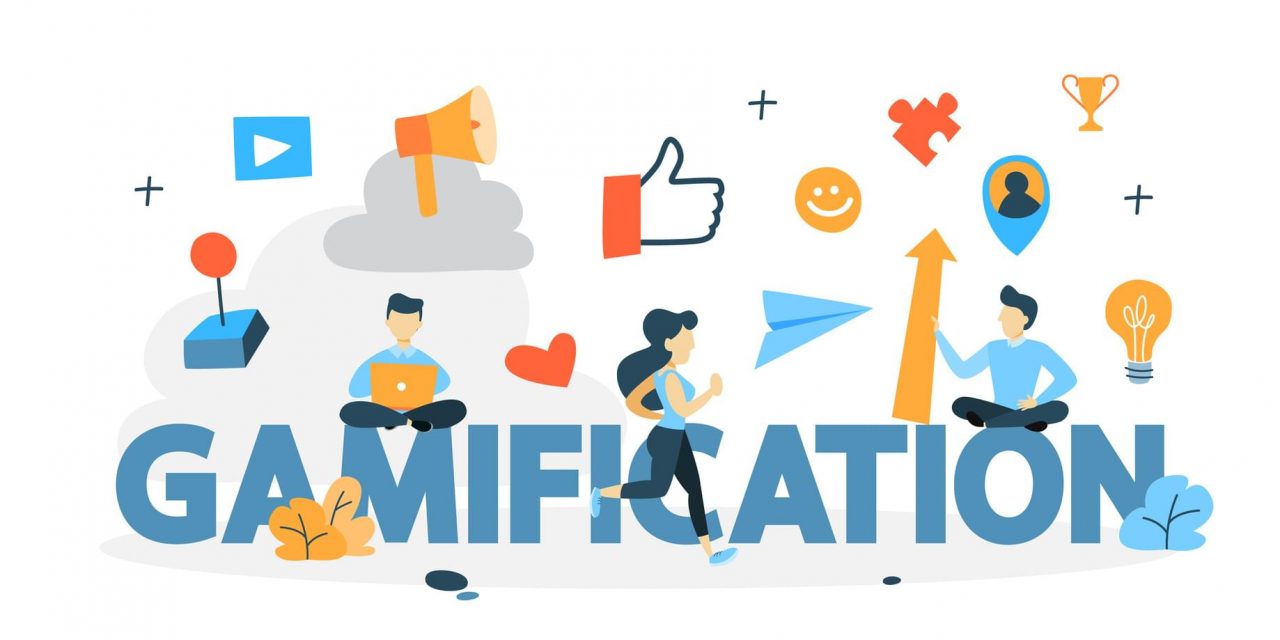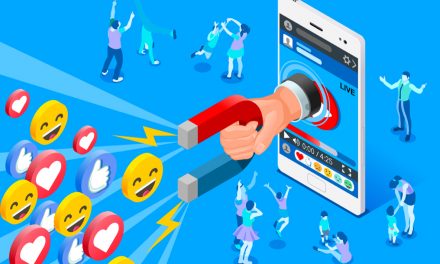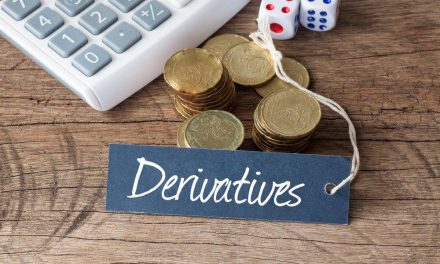Like all concepts with roots in the Western tech business sector, the term gamification has in the last couple of years quickly risen to become one of the buzziest buzzwords on the internet. So what exactly does the word mean? Well, you will be surprised to discover that at the moment there appears to be no consensus regarding its meaning but the more official sources seem to all define it more or less along the following lines:
“Gamification is the application of typical elements of gameplay to other (non-game) activities.”
The most straightforward interpretation of this definition is that gamification is just the taking of a decidedly non-game activity—such as using an app, physically exercising to lose weight and (for this article) sales or marketing—and applying to it elements like competition, rewards, scores, points, goals and levels i.e. concepts often found in games. This taking of otherwise “serious” tasks or activities and making them more game-like has been found to improve the motivation levels of the participants and their productivity.
School grading systems which use class positions to rank students at the end of each term can be considered to be a form of gamification as long as they inspire competitiveness and push students to work harder. Let us now see how you can apply similar gamification techniques in your business to improve sales.
The challenge of motivating employees
In a traditional business environment keeping employees motivated can be tricky. The primary source of motivation that an employee has is his/her salary and it would be unethical and also probably illegal to (for instance) adjust this based on the employee’s work performance as a means of providing feedback. In many cases, employers and managers are reduced to motivating their employees to perform better through a combination of methods such as commendations, reprimands and sometimes threats. Needless to say, this approach has its limitations.
Motivating salespeople
Many companies use commissions on sales as a means of motivating their salespeople (and others in related positions) to do their work to the best of their abilities. Gamification techniques, however, happen to offer a more elegant approach for improving the motivation levels of a company’s sales force. What is more, gamification techniques can be applied both internally and externally i.e. they can be used on both customers and the company’s sales team. Rewarding customers with points after they transact or make a purchase is just one example of a gamification technique used to improve sales (and loyalty) from the consumer end. In this article, we are however only going to limit our focus to these techniques’ use as a means of motivating a company’s sales team (e.g. the salespeople, shop assistants and other employees who play an active role in determining the company’s sales volumes).
Gamifying the sales processes
Key metrics
The first part in gamifying any part of an organisational process or activity is establishing objectives. These are areas of the desired improvement which must be broken down to measurable aspects around which participants can compete. For instance, if your end goal is increasing your sales volumes then you must gamify the sales process such that your salespeople can compete against each other and hence drive each other to be more productive. Continuing with our company sales example, we can choose to use the total value of products sold by each salesperson in a given period as a key metric.
Challenges
After deciding on the key metrics, the next step is coming up with an appropriate challenge for the participants. The simplest and most straightforward challenge would be to directly pit them against each other. In a sales environment, this could be a contest where company salespeople compete to see who can sell the greatest amount of products in a given period. They are however many other challenges which you can choose such as giving the participants specific target sales goals or even giving them time frames within which to meet those targets.
Choosing the techniques
Some of the most common gamification techniques used in sales are the following:
- Point allocation systems where points are awarded as rewards for achieving specific goals
- Performance graphs which record a participants performance over time
- Leader boards which rank participants
- Achievement badges which are awarded to participants after they reach certain milestones
In some cases, these techniques are all on their own enough rewards to motivate participants. It is, however, more common for them to be paired with other more compelling rewards. Here are just a few examples of the simple rewards you can offer the outstanding participants in your gamified sales effort:
- Early Fridays—the promise of an earlier knockoff time on a certain day of the week (in this case Friday) is a very compelling reward.
- Random prize—break the monotony by offering a random prize for each accomplishment. Gamification should not break the bank and giving out random prizes allows you to avoid committing to a specific expense. You can instead adjust the prize based on the available resources and the associated element of surprise should add to the fun of your gamification strategy.
- Salesperson/employee of the month— sometimes merely getting recognition for their hard work from their peers and superiors would be enough of a reward for some of your participants.
Why it works
Gamification works because, in addition to borrowing game elements, it also provides psychological rewards which are similar to those obtained from playing actual games. Participants of gamified activities, like actual game players, can be divided into three categories namely prize chasers, socialisers and thrill-seekers. Try to cater to each one of these when designing your gamification strategy.








